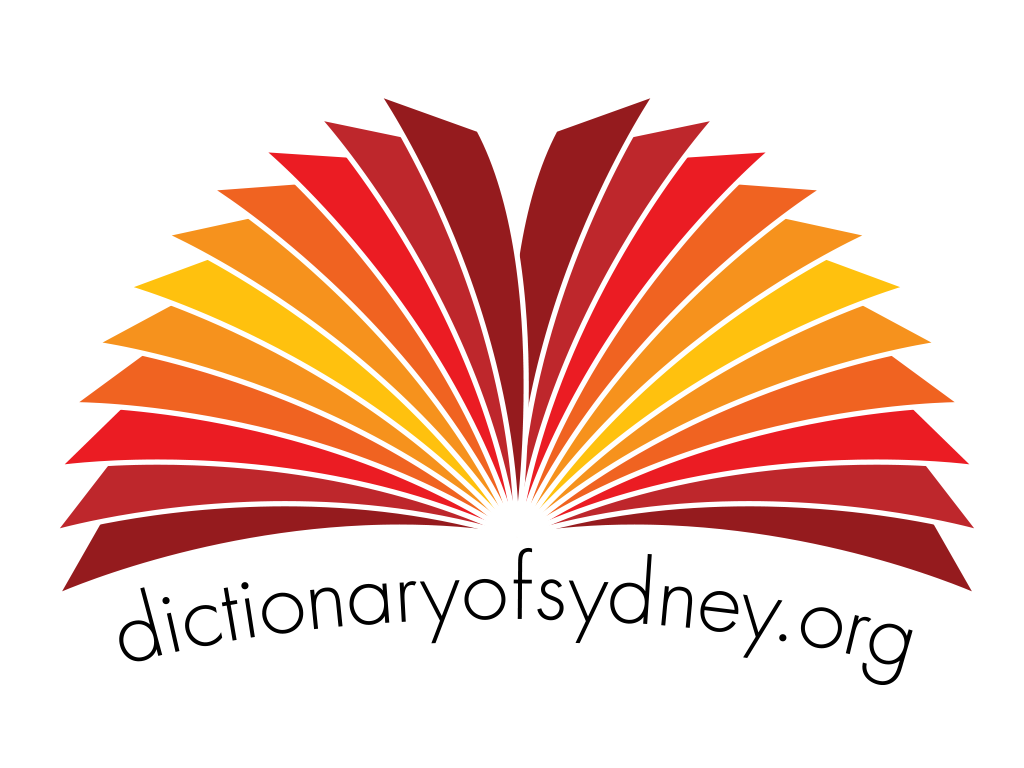The Dictionary of Sydney was archived in 2021.
Here's one for all the (library) lovers out there
 Preserve this as a bookmark / the property of the Free Public Library, Sydney c1880, courtesy Mitchell Library, State Library of New South Wales (M 027.591/1A1)
Preserve this as a bookmark / the property of the Free Public Library, Sydney c1880, courtesy Mitchell Library, State Library of New South Wales (M 027.591/1A1)
Listen to Mark and Alex on 2SER here
1: The Free Public Library on the corner of Bent and Macquarie Streets was the predecessor of the State Library of NSW. First established as a subscription library in 1826 by wealthy Sydney merchants for their friends to use, it was an exclusive club in every sense of the word. A reflection of the value and status of books in the colony, membership of the library was dependent on approval from at least two current members - and being male. Women and the general public, whether male or female, were not able to join. The library was located in the City, but was allocated two large land grants by the Government in the area then known broadly as Rushcutters Bay to sell if funds were needed at a future date. This they did in 1840, and the Australian Subscription Library subdivision was one of the main land sales in the establishment of the village of Paddington. The exclusive model proved to be unsustainable however, even after some of the membership restrictions were loosened. In 1869 the library and its stock was taken on by the State government and transformed into a free public library, the foundation for the State Library of NSW we have today. You can read more in Mitchell Librarian Richard Neville's article The Free Public Library on the Dictionary here. 2: The Gibbs, Shallard & Co printing and publishing company was not a library as such, but they were the publishers of many early colonial books, newspapers like the Illustrated Sydney News, guidebooks, maps, pamphlets, gift cards and more, that are so dear to a Sydney historian's heart. They were located in a vast warehouse in Hosking Place, off Pitt Street in the centre of the city, near a small street called Moore Street. Printing workshops were dangerous places, full as they were of paper and chemicals, and although the company had survived a couple of smaller fires, a devastating blaze that consumed the warehouse in October 1890 resulted in the entire city block being destroyed. The ruined block was demolished between Pitt and Castlereagh Street, which allowed for the small Moore Street to be widened and extended, in what was the first stage of the creation of Martin Place in the city. 3: Of all the great 19th century book sellers and publishing houses that existed in Sydney, Dymocks is the sole survivor. First established in Sydney in the early 1880s by William Dymock as Dymock's Book Arcade, it pioneered some of the book shop basics we take for granted today. It was Dymocks who introduced the then-revolutionary idea of ordering their books on the shelves in subject order, much as a library would, allowing customers to browse instead of relying on a clerk to find anything for them. In 1900, they claimed that the store on George Street was the largest book arcade in the world, and in 2020, the company's flagship store still occupies the beautiful art deco building that now stands on the site. Woman reading on stairs in NSW Public Library October 1943, courtesy Mitchell Library, State Library of NSW (ON 388 / Box 006 / Item 091)
Woman reading on stairs in NSW Public Library October 1943, courtesy Mitchell Library, State Library of NSW (ON 388 / Box 006 / Item 091)
Listen to the audio of Mark & Alex here, and tune in to 2SER Breakfast on 107.3 every Wednesday morning at 8:15 to hear more from the Dictionary of Sydney.
Categories
Blog
14 February
2SER Breakfast
Alex James
book history
colonial history
Dymocks
Free Public Library
Gibbs Shallard & Co
Library Lovers
Mark Dunn
printing history
publishing history
sydney history


